Table of content
Introduction
Pears, with their delicate texture and sweet-tart flavor, are a beloved fruit enjoyed worldwide. Whether you prefer them fresh, baked in a pie, or poached with a hint of cinnamon, finding the perfect pear can elevate your culinary experience to new heights. However, navigating the produce section to pick out the sweetest pears can sometimes feel like an art form. This comprehensive guide aims to demystify the process and empower you with the knowledge necessary to select the juiciest, sweetest pears every time.
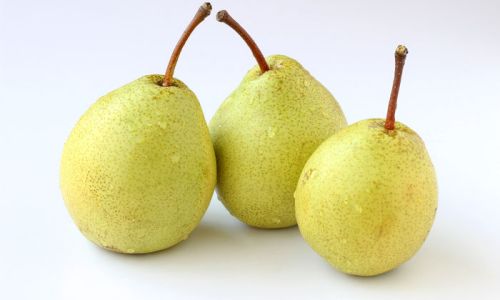
Understanding Pear Varieties
Before diving into the specifics of selection, it’s crucial to understand that not all pears are created equal. There are numerous varieties, each with its unique characteristics, taste profiles, and ripening times. Some popular types include:
- Bartlett – Known for their soft texture and sweet flavor, Bartletts are ideal for cooking and baking.
- Bosc – These pears have a long, slender shape and a slightly tangy, crisp texture, making them great for eating raw.
- Anjou – Sweet and juicy with a tender skin, Anjou pears are perfect for both eating fresh and cooking.
- Comice – Renowned for their smooth skin and rich, buttery taste, Comice pears are often considered the sweetest variety.
- Asian Pears – Crisper and less juicy than European pears, Asian pears (also known as Nashi pears) have a distinct, slightly grainy texture and can be quite sweet.
Familiarizing yourself with these varieties will help you choose the type of pear that best suits your taste preferences and intended use.
Appearance Matters
When selecting pears, visual cues play a significant role. Here are some key factors to consider:
Color
- Ripe Coloration: Depending on the variety, ripe pears may have varying shades of green, yellow, or red. For instance, Bartletts turn yellow when ripe, while Bosc pears retain their green hue but may develop a brownish tinge as they mature.
- Uniformity: Look for pears with a consistent color distribution. Spots, bruises, or uneven coloration can indicate imperfections or premature ripening.
Shape and Size
- Shape: Each variety has a distinct shape. For example, Bosc pears are elongated, while Comice pears are more rounded. Choose pears that conform to the typical shape of their variety.
- Size: Size isn’t always indicative of quality, but larger pears generally have more flesh and can be more satisfying to eat. However, don’t overlook smaller pears if they appear otherwise perfect.
Skin and Texture
- Smooth Skin: A smooth, unblemished skin is a good sign. Avoid pears with cracks, soft spots, or mold.
- Firmness: Depending on the variety, ripe pears should be firm but yield slightly to gentle pressure. Overly firm pears may be unripe, while excessively soft ones could be overripe or bruised.
The Art of Ripeness Testing
One of the most critical aspects of selecting sweet pears is determining their ripeness. Here are a few techniques to help you get it right:
Neck Check
Many pear varieties, like Bartlett and Anjou, ripen from the bottom up. Examine the “neck” or stem end of the pear. It should start to change color and soften slightly, indicating that the pear is ripening.
Gentle Pressure
Apply gentle pressure to the fruit with your thumb. A ripe pear should give just a bit without feeling mushy. Remember, different varieties have varying firmness levels, so compare pears within the same variety for consistency.
Aroma
As pears ripen, they develop a subtle, sweet aroma. If you can detect a faint, pleasant scent, it’s a good indication that the pear is ripe and ready to eat.
Stem Condition
The stem can also provide clues. A fresh, green stem often means the pear was recently picked and may still be ripening. A dried-out or brown stem doesn’t necessarily mean the pear is bad, but it could indicate it’s been on the shelf for a while.
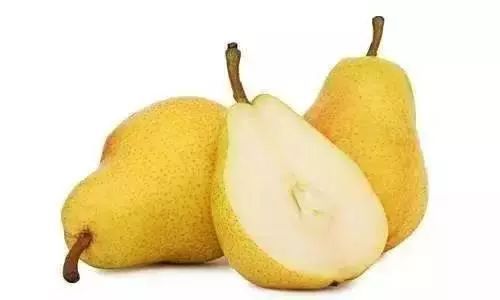
Seasonal Considerations
The best time to buy pears is during their peak season, which typically runs from late summer to early winter, depending on the variety and region. Pears that are in season are not only fresher but also more likely to be at their optimal ripeness and flavor.
Storing and Ripening Pears
Even if you don’t find perfectly ripe pears at the store, you can still ensure they reach their peak sweetness with proper storage and ripening techniques:
Room Temperature Ripening
Place firm, slightly underripe pears on a countertop in a single layer. Avoid stacking them, as this can cause bruising. Check them daily, as they can ripen quickly, especially in warmer climates.
Paper Bag Trick
For a faster ripening process, place pears in a paper bag with an apple or banana. These fruits emit ethylene gas, which accelerates ripening. Close the bag loosely to allow some airflow and check the pears every couple of days.
Refrigeration
Once pears are ripe, store them in the refrigerator to slow down further ripening. This will keep them fresh for up to a week. Note that refrigerated pears may lose some of their crispness but will retain their sweetness.
Conclusion
Selecting the sweetest pears doesn’t have to be a hit-or-miss endeavor. By understanding the different varieties, examining appearance, testing for ripeness, and considering seasonal factors, you can confidently pick out pears that are sure to delight your taste buds. Remember, patience and attention to detail are key. Take your time to inspect each pear, and don’t hesitate to ask produce managers for advice if you’re unsure. With these tips in hand, you’ll be well-equipped to enjoy the sweet, juicy goodness of perfectly ripe pears anytime you desire.
In the end, the joy of biting into a perfectly ripe pear, experiencing its tender flesh and sweet, refreshing juice, is a reward worth the effort. So, the next time you’re at the market, put these guidelines to work, and let the search for the sweetest pears become a delightful adventure. Happy pear-picking!
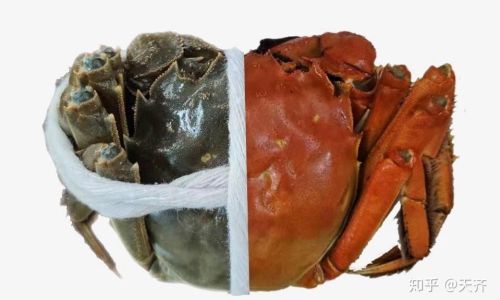
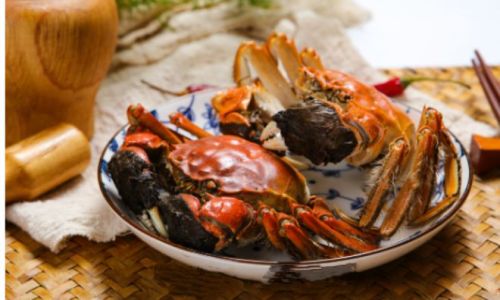
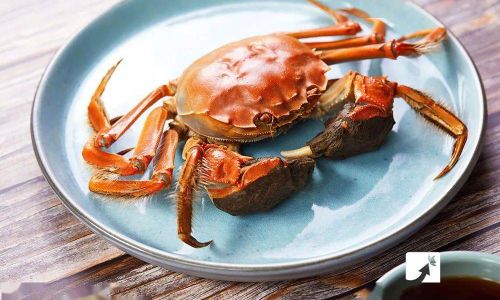
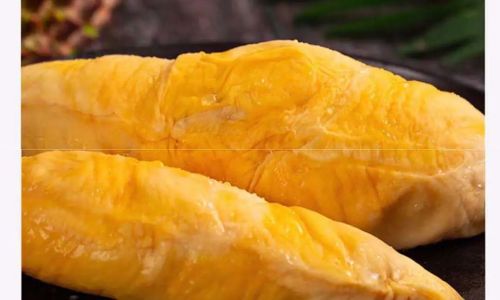
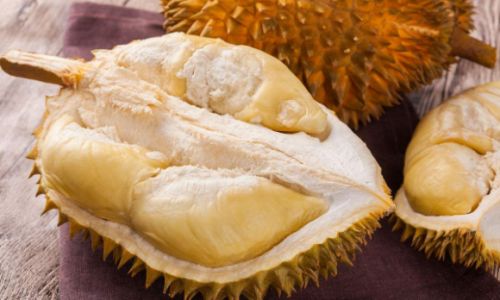
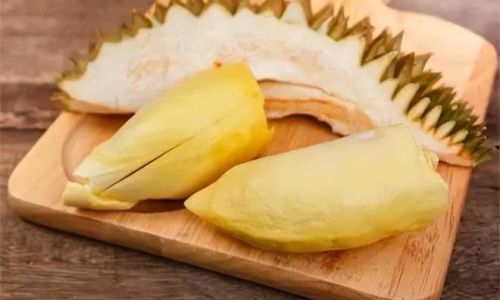
0 comments